
Cheongsong is scattered with interesting cultural sites. It has natural resources so abundant that it has joined the Global Geoparks Network of Unesco. It was also authorized consecutively as a slow city by Cittaslow International in recognition of the convivial life there. In the late Joseon Dynasty, Cheongsong was one of the places with the largest anti-Japanese resistance troops in the country. It is also known as home of internationally renowned figures in culture and art.
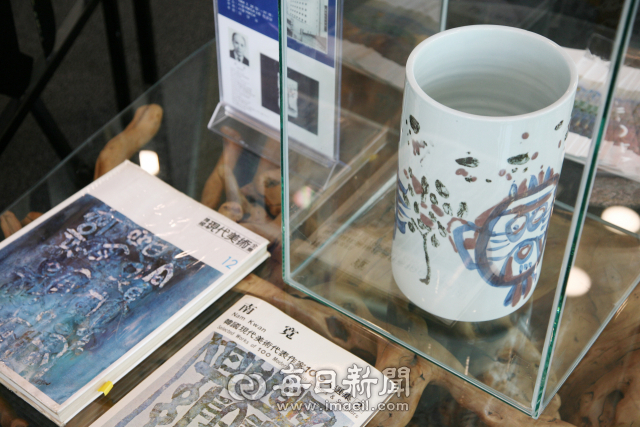
Last year, 4.5 million people visited Cheongsong.
Tourists are crowding Cheongsong, one of the smallest cities in Korea, with a population of 26,000 people. Cheongsong's tourism has been focused on natural resources, such as Juwangsan National Park and Jusanji Reservoir. As it is expected that 10 million annual tourists would visit the city, people say that Cheongsong has to provide tourists with various things to see by adding cultural elements to the city's tourism. This plan aims to discover cultural resources of Cheongsong and explore ways to prepare for welcoming 10 million annual tourists.
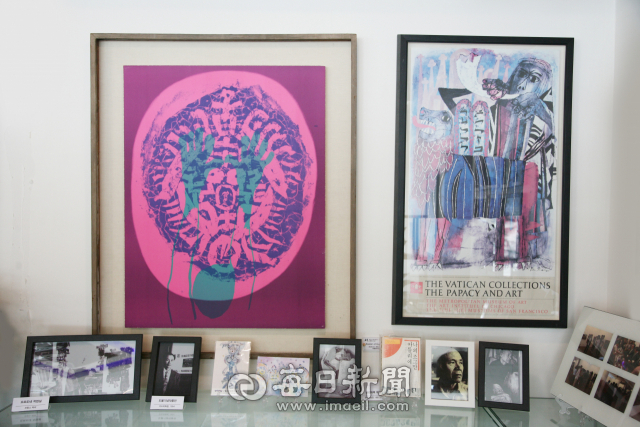
Nam Kwan, an artist likened to a big pine tree in the art field!
His life is made into an art town.
Nam Kwan's story.
Nam Kwan (1911 ~1990) was a figure likened to a big pine tree in Korea's art field.
With consistent tenacity and firmness like those of an evergreen pine tree, he worked on art all his life and trained younger students.
Born in Bunam-myeon, Cheongsong-gun, Nam Kwan moved to Japan to study fine art at the young age of 14. He won acclaim as an artist in Japan and returned to Korea, where he maintained his acclaim as a recommendation artist in the Western painting department at the 1st National Art Exhibition.
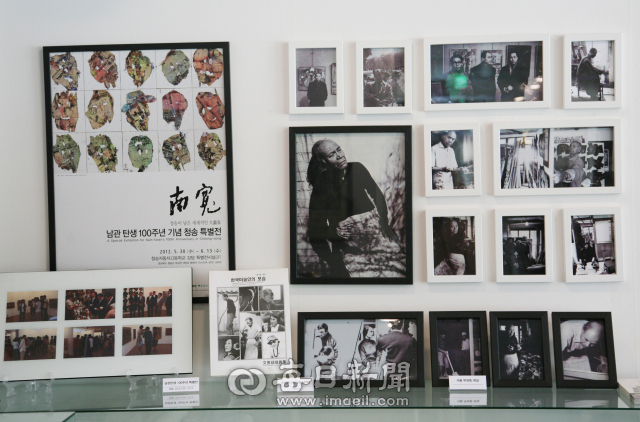
Nam was different from other artists. He went abroad again to France to study fine art without enjoying his acclaim in Korea. It took him three months to get to France by ship. In France, he appeased his hunger with bread and milk every day, committing himself to studying art. According to his acquaintances, his hair was thick and lush before he left for France but when he returned to Korea, he had a bald head. It seems that his life in the foreign country was not easy.
Nam Kwan won the first prize at the Menton Biennale, an art exhibition with a high reputation that even invited Picasso, surpassing great art masters like Buffet and Tapies. Nam is still loved in both Korea and France.
[{IMG05}]Despite such a poor environment, Nam was invited to Salon de Mai in 1950, the fourth year since he moved to France, through which he became the first-ever Korean artist who entered the international art circle. Later in 1955, Nam won the first prize at the Menton Biennale, surpassing international art masters like Buffet and Tapies. At the time, the Menton Biennale had a high reputation and even invited Picasso. Nam's winning the prize let the world know about Korean artists' talent and status.
[{IMG05}]- Nam Kwan Gallery and Nam Kwan Art Village
Nam returned from abroad in 1968 and worked as a professor at Hongik University, which has one of the best art colleges in Korea. He was a recipient of the Republic of Korea Culture and Arts Award in 1974 and received an Order of Cultural Merits in 1981.
In 1990, he was awarded the National Academy of Arts of The Republic of Korea Prize and he was regarded as a history of Korean art.
Nam Kwan Gallery and Nam Kwan Art Village
If you go from Cheongsong-eup Office toward Dalgi Mineral Spring, you will see a building, located on the left hill before getting to the mineral spring. On the fourth floor of the building, Nam Kwan Gallery has opened along with a café and exhibits Nam Kwan's history. About 20 art pieces, art supplies he used, his notes and even a plane ticket are on display there. Anyone who knows nothing about Nam can track his life, looking at the items on display.
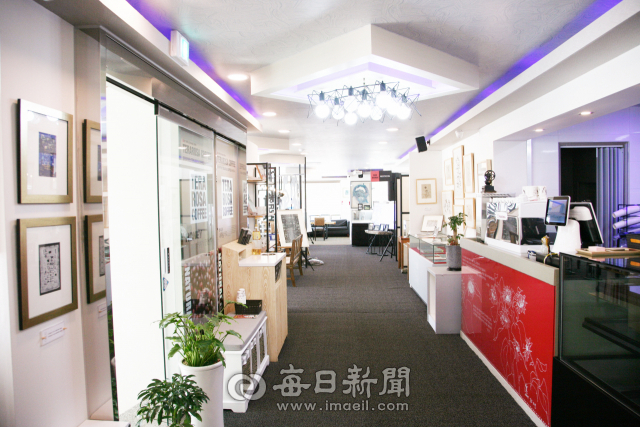
Cho Wi-rae, 57, an owner of Nam Kwan Gallery, has been in love with Nam for about 15 years. He began to study about Nam in 2000 when he happened to know that Nam was from Cheongsong. He was working at Cheongsong Community Credit Cooperative at the time. He opened a website called Nam Kwan (www.namkwan.com) in 2003 and has since operated it. He collected art catalogues and pictures of about 3,500 pieces among about 7,000 left by Nam and posted the materials on the website. Cho said, "I didn't have a deep knowledge about art but I became interested when I saw Nam's works. As I did not know much, I began by collecting and organizing everything about him to learn his history."
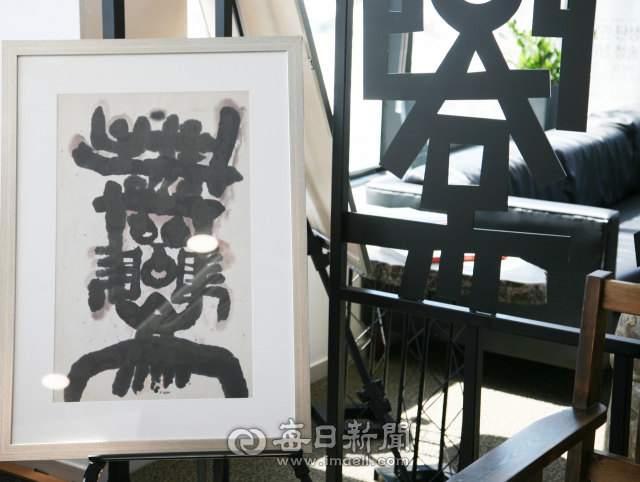
Hopefully, Nam Kwan Art Village will be a new tourist attraction in Cheongsong. Cho has become close with Nam's family while studying about Nam and now even keeps in touch with Nam's family. He visits and cleans Nam's grave every year. Thanks to Cho's effort, Nam Kwan Art Village will be built in and around Bunam-myeon, Cheongsong-gun, an area where Nam grew up. The residents paint murals and make stories about Nam, hoping that the area will become a new tourist attraction. Cho said, Besides the art village, I'd like to hold exhibitions with his works I have at Gyeongsangbuk-do Office or in Andong, close to Cheongsong. I hope more people can see and understand Nam's work and artistic spirit.
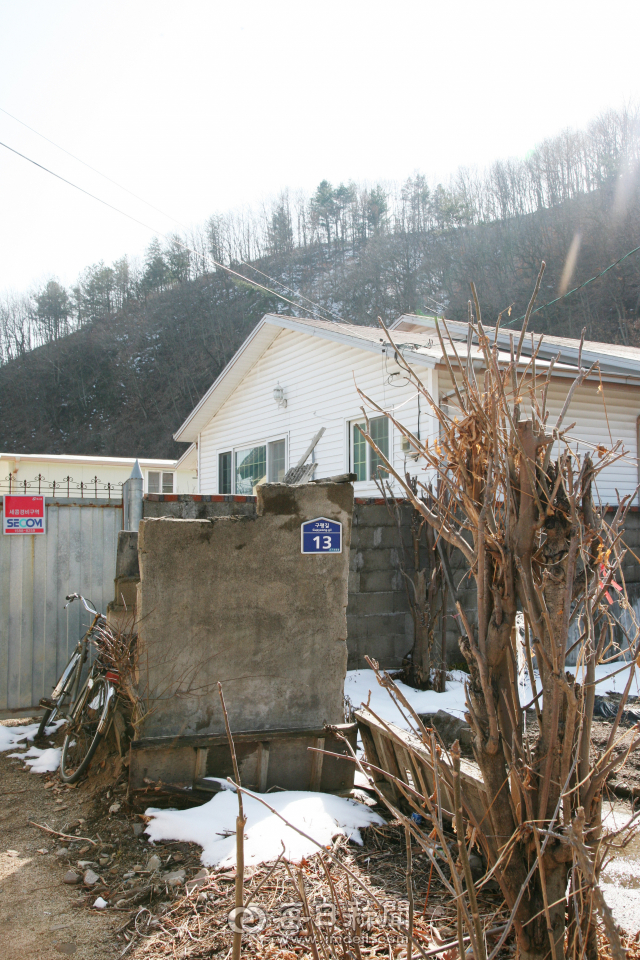
Construction of Lee, O-deog Literature Hall in Hyeonseo-myeon.
Commemoration for pioneering children's literature and advancement of the Korean language / Utilized as a Senior Citizens' Center to reduce operating costs
Gweon, Jeong-saeng (1937~2007) and Lee, O-deog(1925~2003) are heralded as the masters of children's literature in Korea.
Lee, O-deog was born and lived in Deokgye-ri, Hyeonseo-myeon, Cheongsong-gun (13 Hyeonseo-myeon, Cheongsong-gun, Gupyeong-gil : currently the property of someone else). He learned early on about fairy tales from the church he attended. It was after he became a teacher when he went around rural areas teaching Korean to children. Although his work "Azalea" was published in the magazine A Boy's World in 1954, he spent most of his career as a writing teacher rather than as a writer of children's literature. He started his literary career after his fairy tale, "The Pheasant", won DongA Newspaper's Annual Spring Literary Contest. He was also a true teacher of Korean education due to his participation in partaking in the Proper Use of Our Language Movement to abolish the remnants of Japanese influence from Korean literature.
Despite an age difference of twelve years, Lee, O-deog and Gweon, Jeong-saeng are known for being the co-authors of Ji-Eum (Sound of Wisdom). Gweon's grandparents were also from Cheongsong; therefore, the two writers knew each other for a long time. The two men also saved letters they wrote back and forth to each other which was published later as a book (Teacher, How Are You These Days?). Lee kept a journal from 1962 up until this death in 2003. It was comprised of 98 volumes and a part of them was published as a book.
The O-deog Literature Hall is scheduled to open its doors in Cheongsong. The interesting thing about the museum is that there will be a center for senior citizens within its walls. That is because the elders of the town planned the facility in order to commemorate and inform people about Lee's work. Due to a lack of budget, they are planning to divide the cost burden by setting up the Senior Citizens' Center in the museum.
According to Park, Hyo-il(74), the steering committee leader for the museum, "The townspeople are planning to also reconstruct Lee's old house as well as plant poplar trees, which appears in his books, around the neighborhood once the literature hall opens."













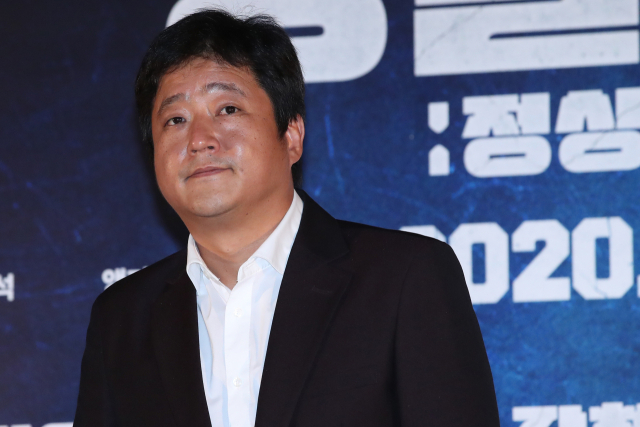
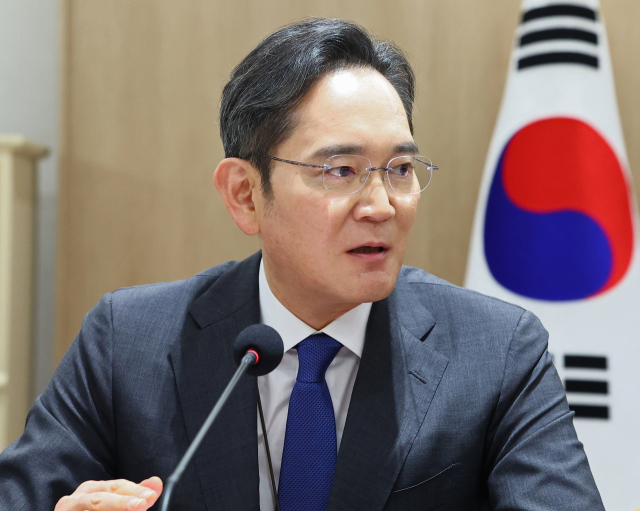
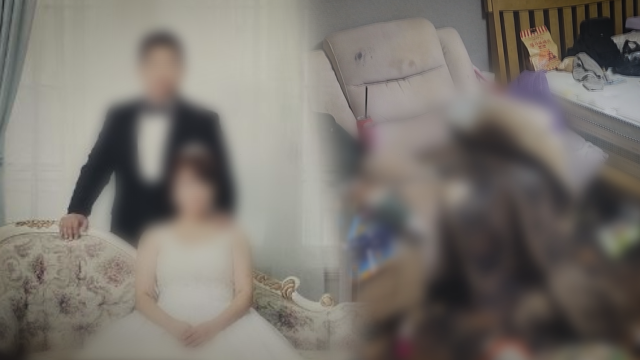







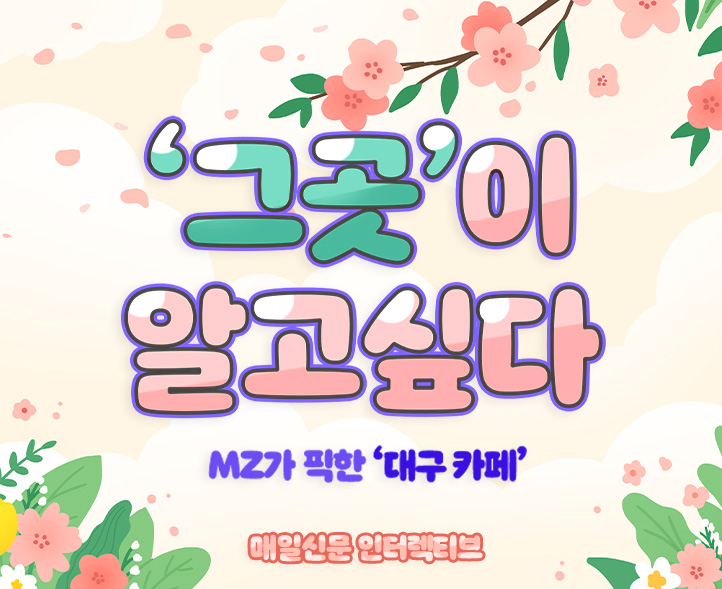














댓글 많은 뉴스
국힘 지지층 80% 장동혁 '당대표 유지'…중도는 '사퇴' 50.8%
李대통령, 이학재 겨냥? "그럼 '사랑과 전쟁'은 바람피는 법 가르치나"
李대통령 "북한이 남한 노리나?…현실은 北이 남쪽 공격 걱정"
李대통령 "'노동신문' 접근제한, 국민 '빨갱이'될까봐서? 그냥 풀면 돼"
장동혁 "당명 바꿀 수도"…의원 50여명 만나며 '쇄신 드라이브'